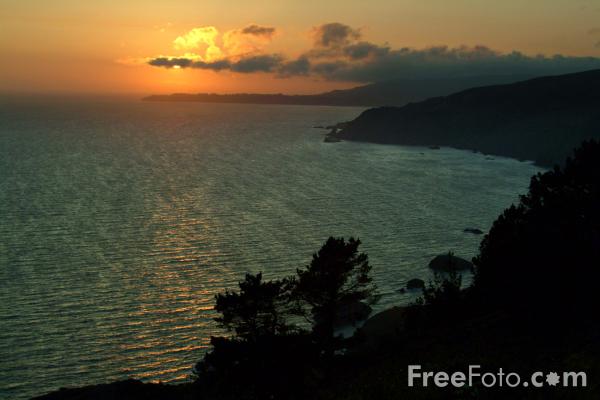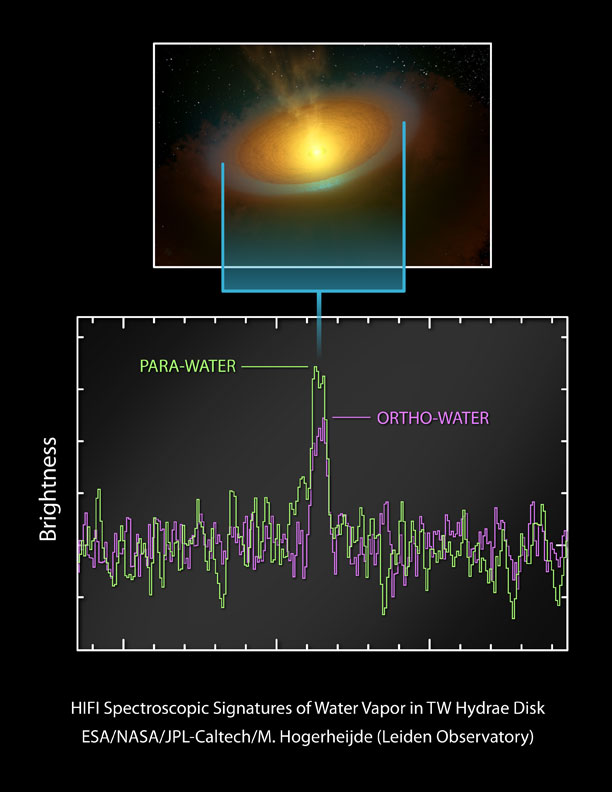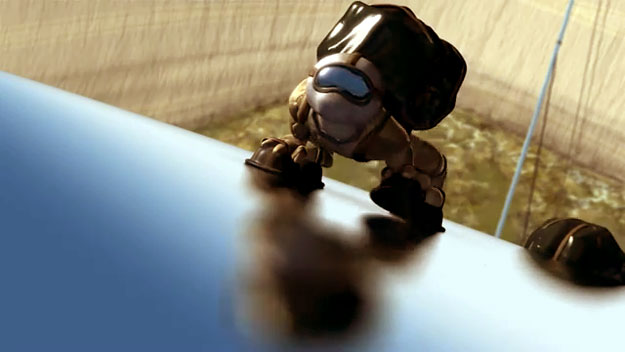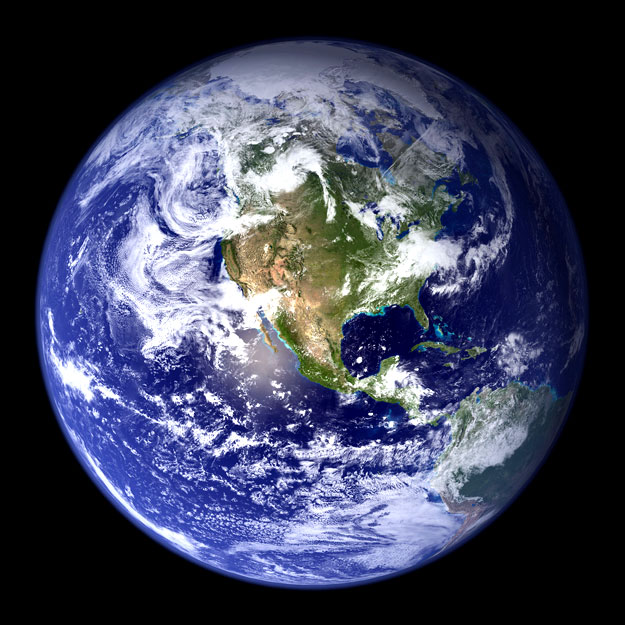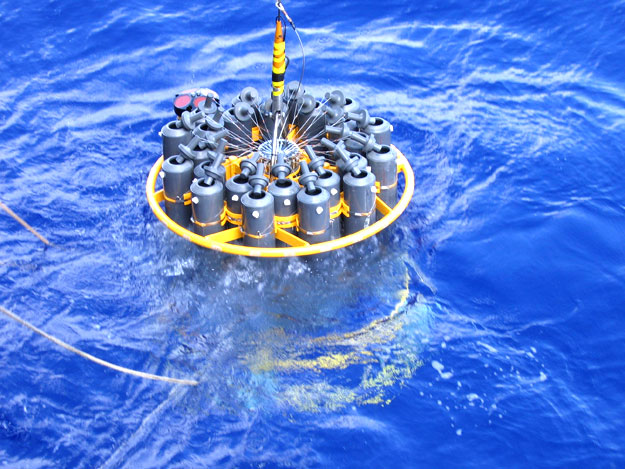The Earth is one of those extremely rare, special places in the Universe where water can exist, stably, as a liquid. So much of it exists here on Earth, that if you were to add up all the oceans on Earth together, it would weigh more than 10^18 tonnes, more massive than the biggest asteroid ever, and about as massive as Pluto’s giant moon, Charon.
But water only has a very small window in which it can be a liquid. For instance, if you took some warm water up to a very high elevation, it would start to boil, and become a gas! The higher up you took it, the lower and lower your boiling point would be. Read more







